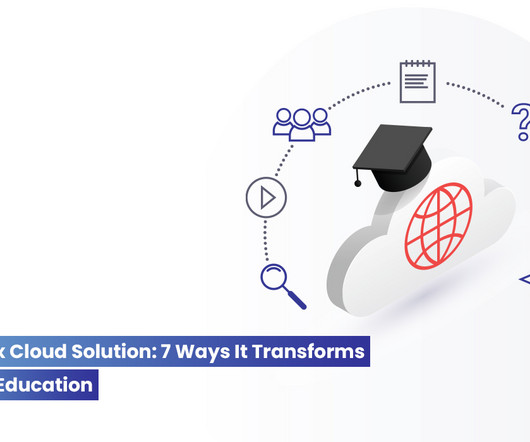Is technology the ticket to bridging the £17bn gap in university income?
HEPI
JANUARY 23, 2024
To preserve the high quality of our sector and our ability to attract investment, talent and world-class research, it is vital that the higher education provider unit of resource be restored to 2012 levels as soon as practically possible. There are no two ways about it: technology is the answer to many of the ills the sector faces.
















Let's personalize your content